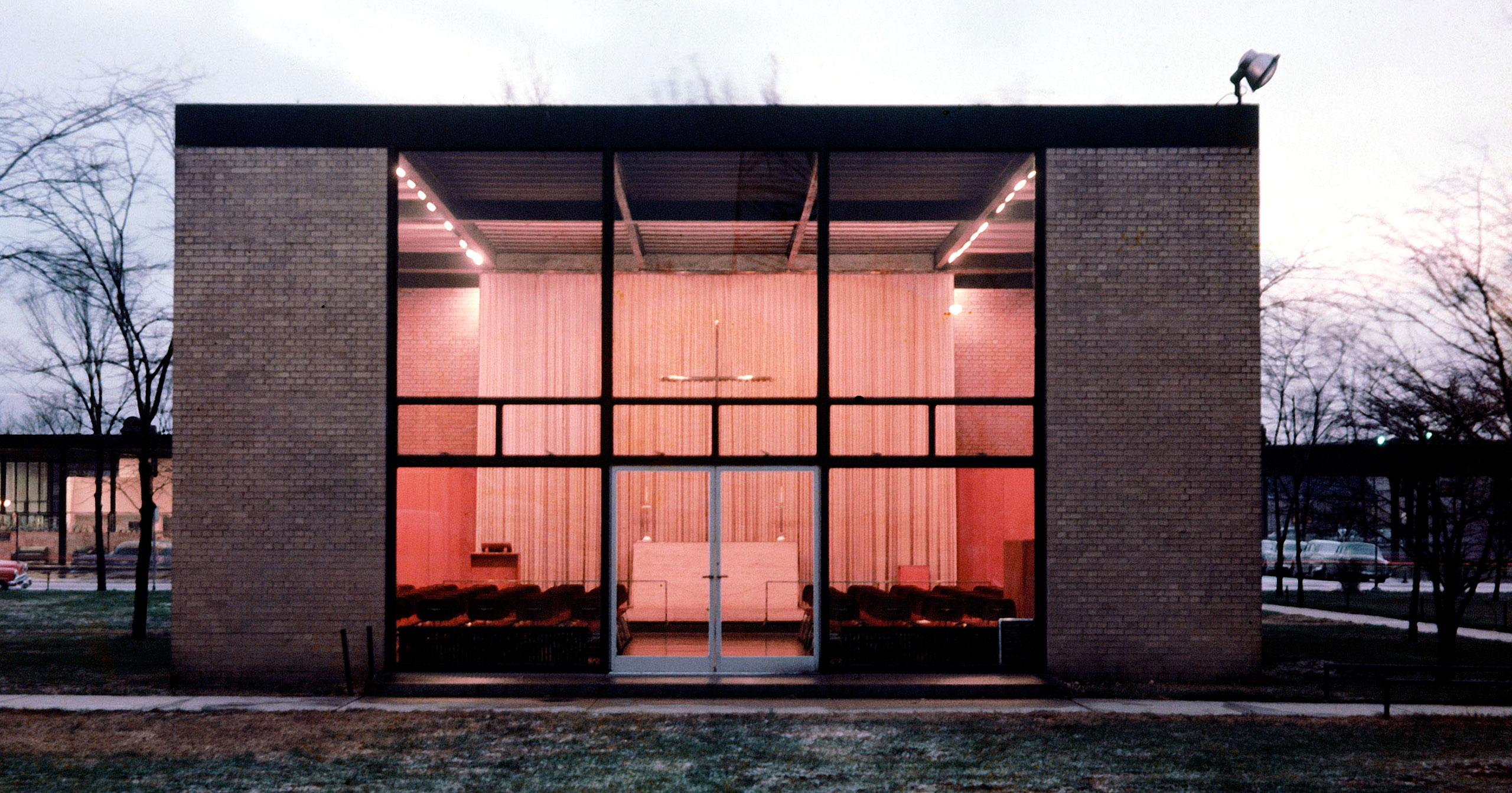Written By: Ben Cosgrove
Poets, Shelley famously wrote, “are the unacknowledged legislators of the world.” Of course, as a poet himself, the great Romantic might have been slightly biased in his own, and in his fellow bards’, favor.
Self-serving or not, his point is worth examining, and opening out a little further: do artists of all stripes shape our future more than the lawmaker? If so, one could further argue that a single, specific artistic pursuit shapes the future more than any other: namely, architecture.
From the Parthenon to the Taj Mahal to Fallingwater to the Empire State Building, consciously designed structures—temples, mausoleums, private dwellings and public edifices—are often the most eloquent messengers from one generation, and from one culture, to another. Architecture, when done right, embodies a civilization’s values and aspirations: it shows what mattered to a given group of people at a given time in history, and translates an artist’s vision into tangible, lasting form.
One such artist, whose work so defined his time that it’s impossible to imagine certain decades and cityscapes without his influence, was the German master Ludwig Mies van der Rohe (1886 – 1969). Like his contemporaries Walter Gropius and Le Corbusier, Mies (pronounced “mees,” like “peace”) championed simplicity in the cause of a truly Modern architecture, eschewing decorative elements in favor of clarity and emphasizing functionality as absolutely central to any structure’s aesthetic appeal.
Mies loved the George Washington Bridge, for example, not only because he so admired the at-once muscular and elegant proportions of the vast steel span above the Hudson River, but because one can see virtually every critical element of the bridge’s construction simply by glancing at it. The GWB does not hide or attempt to divert one’s attention from its underlying structure; instead, for Mies and for those who share his sensibility, the genuinely dramatic appeal of the bridge is its structure: the spare, gorgeous sinews that delineate its function.
Here, LIFE.com republishes a series of photographs by photographer Frank Scherschel from a feature that ran in the March 1, 1957 issue of LIFE, at the same time that the architect’s signature achievement—the 38-story Seagram Building on Park Avenue in New York—was nearing completion.
Titled “Emergence of a Master Architect,” the LIFE article made clear from the outset that until the mid-1950s, “Mies was renowned chiefly among fellow architects and his revolutionary ideas were known chiefly through models, a few buildings in Europe and the work of disciples.
“But today at 70, after living inconspicuously in the U.S. for 20 years, Mies is bursting into full, spectacular view … [A sudden surge of high-profile commissions] is accepted by Mies as vindication of his lifelong principle that architecture must be true to its time. His own severely geometric, unembellished buildings have been designed to express in purest forms a technological concept of our technological age. They also … express the simplicity and sturdy nobility of Mies himself.”
“Romanticists don’t like my buildings,” Mies told LIFE, speaking with the sort of simple, unadorned directness that one would expect from the visionary behind the Seagram Building, the Farnsworth House and other Modernist architectural touchstones. “They say [my designs] are cold and rigid. But we do not build for fun. We build for a purpose.”
Liz Ronk edited this gallery for LIFE.com. Follow her on Twitter at @LizabethRonk.

Architect Ludwig Mies van der Rohe peered between two large models of ultra-modern apartment buildings he designed for Chicago’s Lake Shore Drive, 1956.
Frank Scherschel The LIFE Picture Collection/Shutterstock

Mies van der Rohe-designed apartment houses, 860-880 Lake Shore Drive, Chicago, 1956.
Frank Scherschel The LIFE Picture Collection/Shutterstock

860 Lake Shore Drive, Chicago.
Frank Scherschel The LIFE Picture Collection/Shutterstock

Bronze I-beams for the Seagram’s Building tower in midtown New York, 1956.
Frank Scherschel The LIFE Picture Collection/Shutterstock

Clouds reflected on the glass facade of an apartment building in Chicago designed by Ludwig Mies van der Rohe, 1956.
Frank Scherschel The LIFE Picture Collection/Shutterstock

Realtor Herbert Greenwald and architect Mies van der Rohe considered a model of a Mies building, 1956.
Frank Scherschel The LIFE Picture Collection/Shutterstock

Testing a fountain in a laboratory at Massachusetts Institute of Technology were Mies and his Seagram associate, architect Philip Johnson (second from left), who planned fountain. They decided to use two of them to decorate Seagram Plaza.
Frank Scherschel The LIFE Picture Collection/Shutterstock

Planning new project to remake Battery Park, Mies discussed a model with Herbert Greenwald, a real estate developer. Greenwald gave Mies his first Chicago apartments commission and later devoted himself to promoting Mies projects.
Frank Scherschel The LIFE Picture Collection/Shutterstock

Shining spaciousness was achieved by Mies in Illinois Tech’s Crow Hall, a 220-foot-long, glass-enclosed building which is in fact one gigantic room. Its ceiling and walls are suspended from four exterior girders (two can be seen above), eliminating the need for interior supporting columns.
Frank Scherschel The LIFE Picture Collection/Shutterstock

Spiritual simplicity was Mies’ aim in designing the Illinois Tech Chapel. Maintaining the basic campus pattern, he insisted on a flat-roofed rectangle but provided brick walls to give the chapel a sense of privacy and solitude. Steel mullions of the facade echoed the shape of the cross above the altar.
Frank Scherschel The LIFE Picture Collection/Shutterstock

Room reflections were mirrored on the glass wall of a Lake Shore Drive Apartment by architect Mies van der Rohe.
Frank Scherschel The LIFE Picture Collection/Shutterstock

The Seagram Building in New York City, when it was under construction.
Frank Scherschel The LIFE Picture Collection/Shutterstock

Mies van der Rohe, architect, 1956.
Frank Scherschel The LIFE Picture Collection/Shutterstock





















